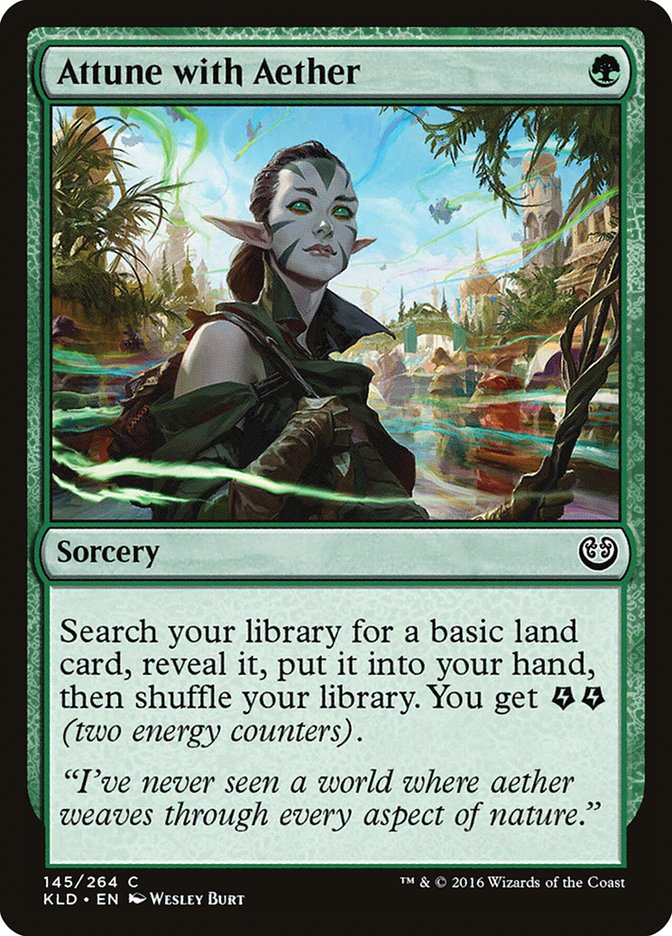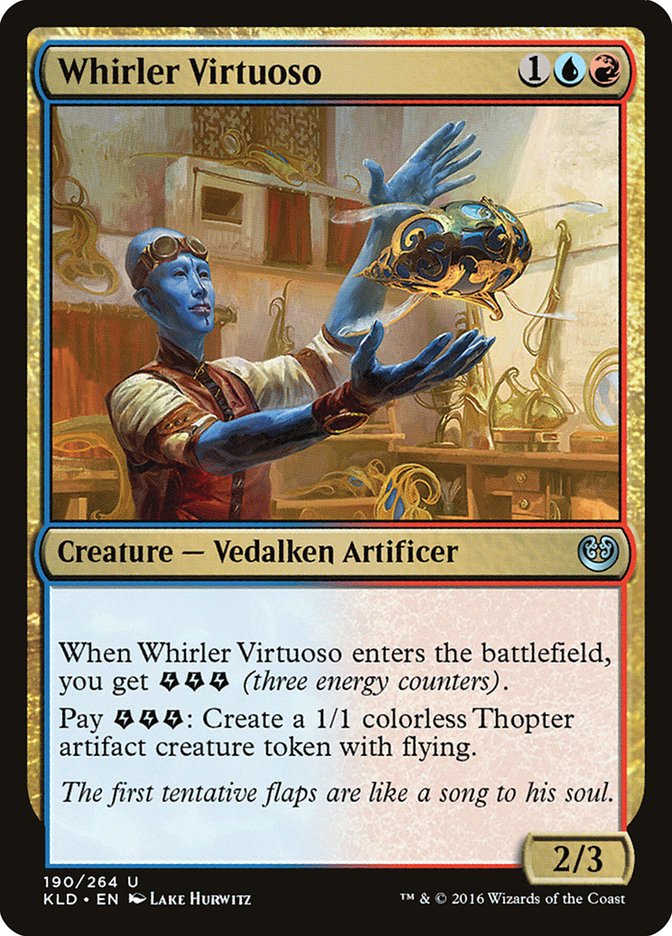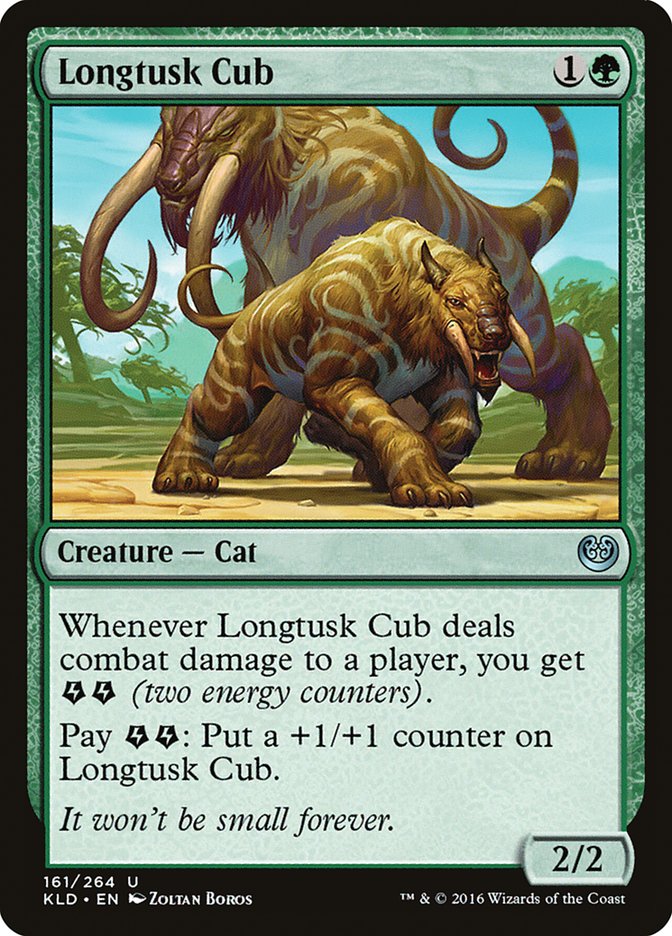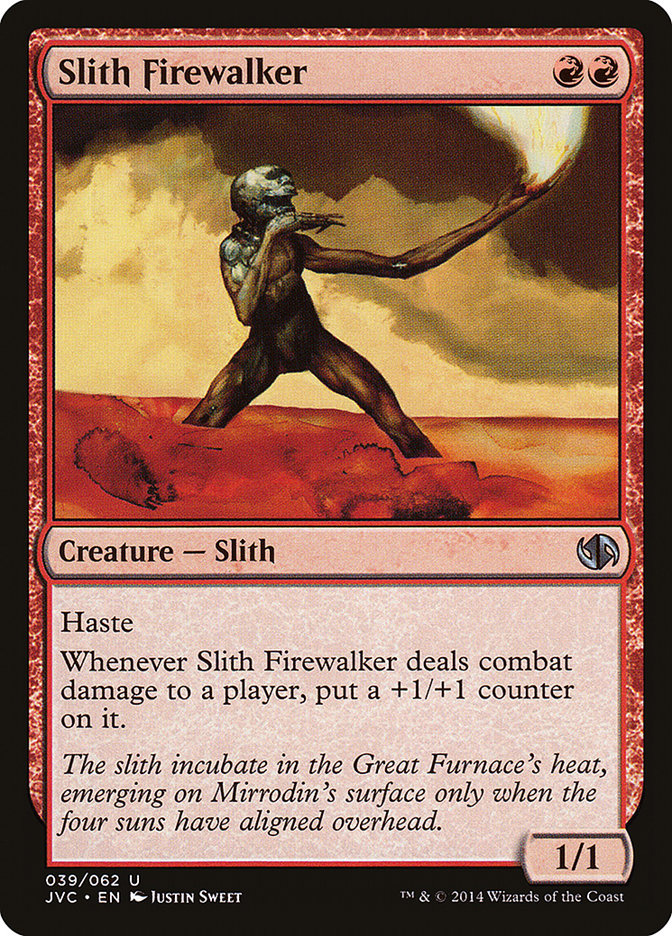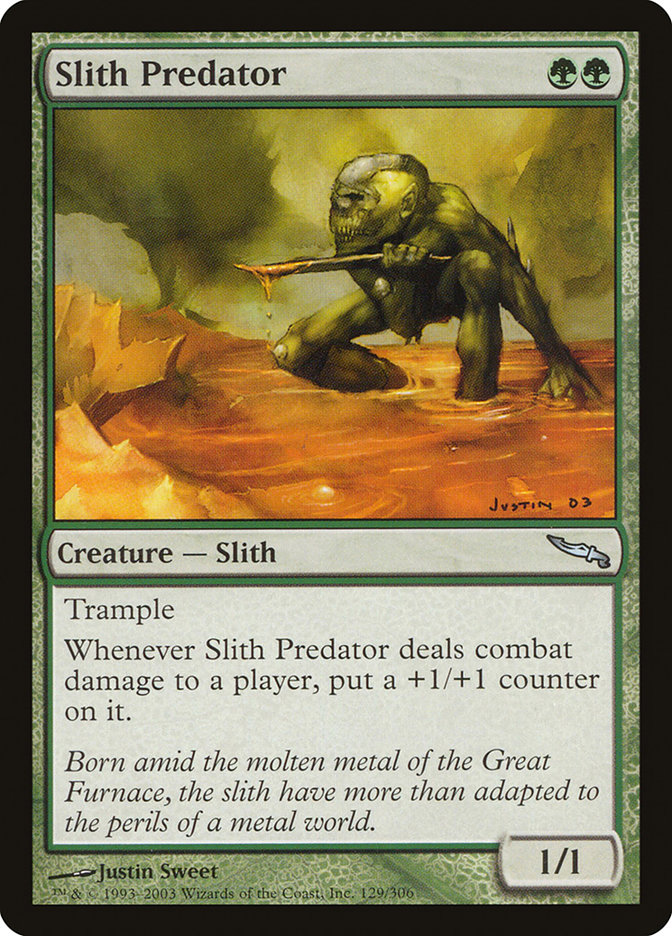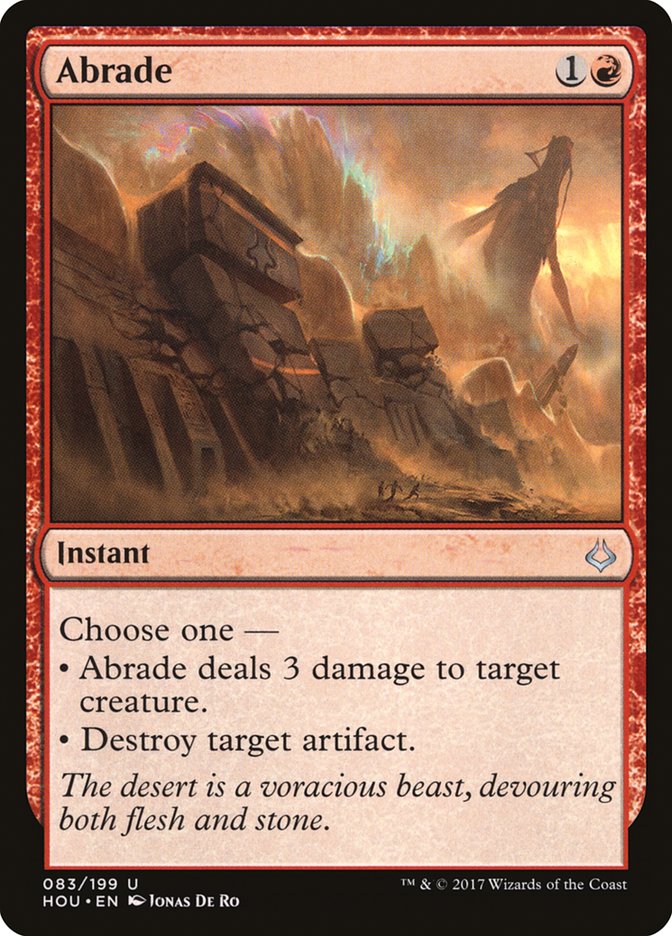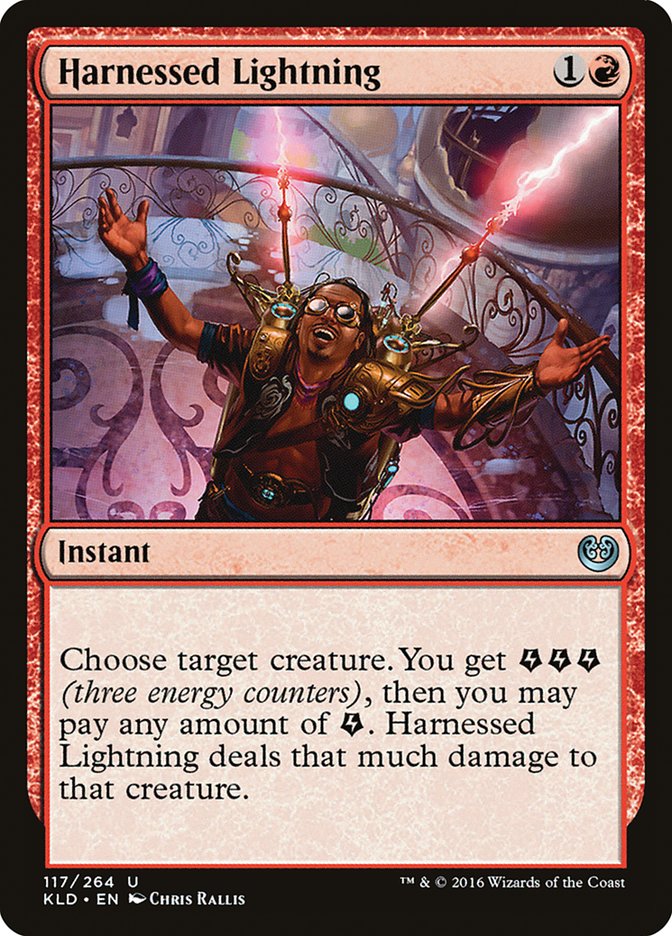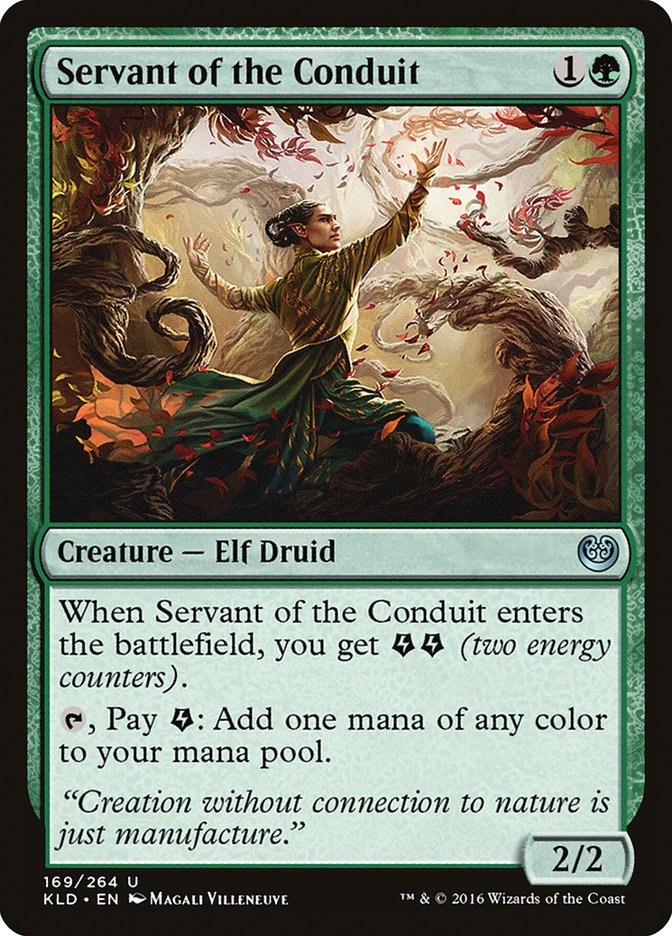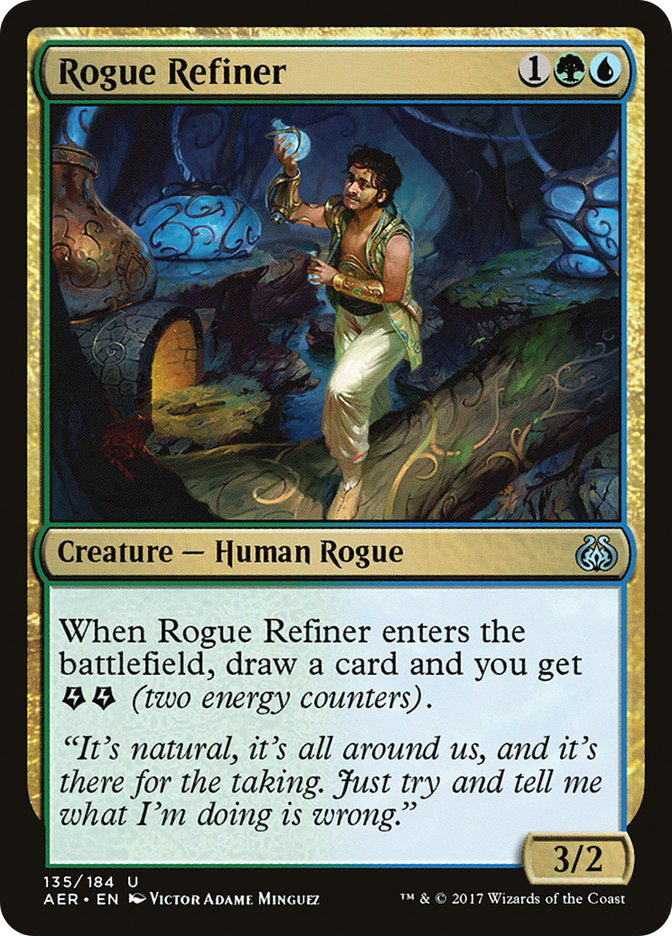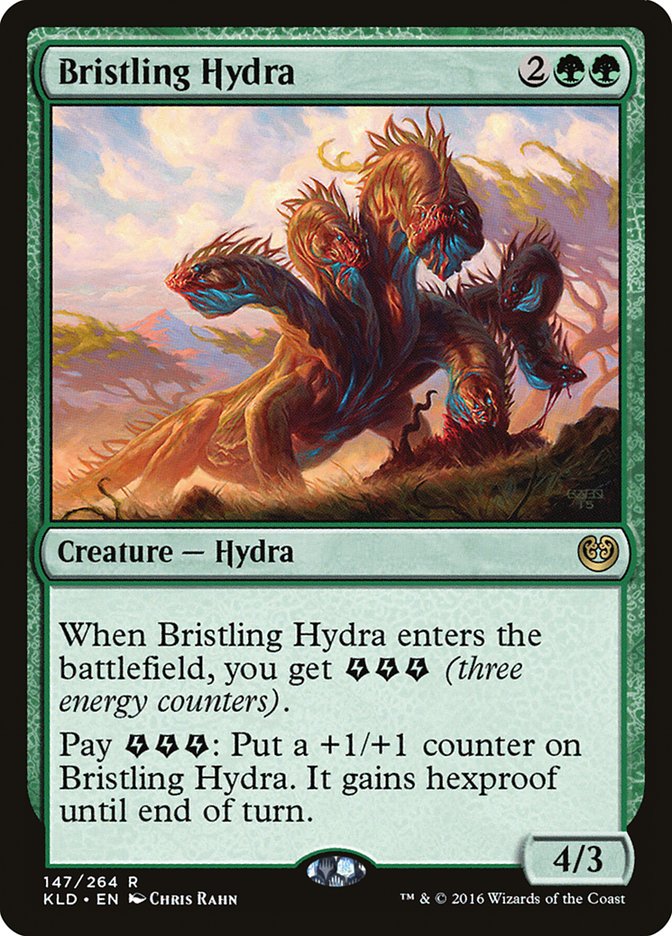This is a Temur Energy article. I’m so sorry.
If you stick with it, I promise the article’s more than that, and you should stick around.
In the weeks leading up to the Team Open in Baltimore last month, my team determined that I would be the Standard pilot, and would need to learn the format as a result. After doing a bit of research, it became apparent there were a few different decks, but at the end of the day, there was really one option:
There were Attune with Aether decks, and there were people being intentionally obtuse. I locked into Energy variants and got to playtesting. Things… didn’t go well.
| Constructed | Standard | Win | 2-0-0 | 11/12/2017 |
| Constructed | Standard | Win | 2-0-0 | 11/12/2017 |
| Constructed | Standard | Loss | 1-2-0 | 11/12/2017 |
| Constructed | Standard | Loss | 0-2-0 | 11/12/2017 |
| Constructed | Standard | Loss | 0-2-0 | 11/12/2017 |
| Constructed | Standard | Loss | 0-1-0 | 11/12/2017 |
| Constructed | Standard | Loss | 1-2-0 | 11/12/2017 |
| Constructed | Standard | Win | 2-1-0 | 11/12/2017 |
| Constructed | Standard | Win | 2-1-0 | 11/12/2017 |
| Constructed | Standard | Loss | 0-2-0 | 11/13/2017 |
| Constructed | Standard | Loss | 1-2-0 | 11/13/2017 |
| Constructed | Standard | Win | 2-0-0 | 11/13/2017 |
| Constructed | Standard | Loss | 0-2-0 | 11/13/2017 |
| Constructed | Standard | Loss | 0-2-0 | 11/13/2017 |
| Constructed | Standard | Loss | 1-2-0 | 11/13/2017 |
| Constructed | Standard | Win | 2-1-0 | 11/13/2017 |
| Constructed | Standard | Loss | 0-2-0 | 11/14/2017 |
| Constructed | Standard | Loss | 1-2-0 | 11/14/2017 |
| Constructed | Standard | Loss | 0-1-0 | 11/14/2017 |
| Constructed | Standard | Win | 2-0-0 | 11/14/2017 |
| Constructed | Standard | Loss | 1-2-0 | 11/15/2017 |
| Constructed | Standard | Win | 2-0-0 | 11/15/2017 |
| Constructed | Standard | Loss | 0-2-0 | 11/15/2017 |
It felt like I couldn’t buy a game win. Over the course of five days I incinerated over 100 tickets on Magic Online without prizing a single tournament. A good bit of it I tended to blame on poor luck, and while there was some variance associated with my losses, there was also a good bit of misunderstanding how to sideboard with Temur. Unfortunately, I didn’t catch why I was wrong until the following week, and my team floundered as my 1-6 Standard record bogged us down.
The following weeks led up to the Invitational, and as my playtesting team finalized our lists for the tournament, it finally clicked what I was doing wrong: I was approaching sideboarding from the wrong angle. Generally speaking, sideboarding is about removing the bad cards and putting in good cards.
What about when it’s correct to cut good cards?
Creatures (22)
- 4 Longtusk Cub
- 2 Bristling Hydra
- 4 Whirler Virtuoso
- 4 Servant of the Conduit
- 4 Rogue Refiner
- 4 Glorybringer
Planeswalkers (2)
Lands (22)
Spells (14)

Last weekend I won a PPTQ at the Star City Game Center with this list, playing almost exclusively Energy mirrors, the lone exception being a concession from good guy Justin Elkins on B/W Tokens in the semifinals.
What changed? I realized that good cards can be bad.
Chandra, Torch of Defiance is the most hyped planeswalker card we’ve seen in years. After commanding a preorder price of $50, she’s had a habit of hovering in Standard, oftentimes in the go-to deck. That being said, Chandra is not good against most Energy decks.
It’s easy to miss it at first, as she’s incredibly powerful, provides card advantage, and can run away with a game if protected. There are just a couple of things that consistently get in the way of this plan:
Most Energy decks are playing a combination of these two cards, and they’re both fantastic at answering planeswalkers. Walking Ballista in particular makes it nearly impossible to utilize Chandra’s -3 for value.
This means that, despite being a good card, Chandra, Torch of Defiance is actually quite bad in the context of these matchups. So she gets the axe.
This is because when sideboarding is going to be correct to evaluate cards in the context of the specific matchup and what information has been given, not just the macro “midrange versus midrange” or “X versus control.”
Evaluating on a Card-by-Card Basis
During sideboarding, I tend to evaluate every single card I have against all of the cards that it could be forced to play against from the opponent, and I use that to evaluate the efficacy of the tools at my disposal.
The opponent won’t necessarily announce every single card in their deck, but with adequate research, it isn’t difficult to figure out most of the cards in their deck. A little over a year ago, I wrote an article about leaving bread crumbs that focused on determining cards that the opponent was playing via extrapolation. Taking those theories a step further is using this knowledge to evaluate a single card in the context of a matchup.
Longtusk Cub is another example of a good card that ends up getting cut often in Energy mirrors despite being a good card. The various Slith were all playable in their day, and this is close to an upgrade, though I’m not here to sell you on the power of one of the most ubiquitous cards in the format.
Let’s evaluate all of the cards that Longtusk Cub is going to play against in a Temur mirror:
In order to beat an Abrade, Longtusk Cub must have some Energy sunk into it. This means either playing it off-curve, or Abrade being drawn after Longtusk Cub has already had the ability to grow a bit.
This card will almost always kill a Longtusk Cub, no matter how much energy has been fed to the kitten.
This card is great for Longtusk Cub. It doesn’t effectively block it and as a result will almost never trade for it.
Longtusk Cubs on the play will presumably be better than their later counterparts, as they will be able to attack and accrue energy sooner. This implies that Longtusk Cub is less of a threat on the play but can be a liability on the draw.
This one is a little awkward to evaluate, but let’s think about how this can be bad and what it requires to be good.
In order for a Longtusk Cub to get through a Rogue Refiner (and live), four energy will have to be converted to +1/+1 counters. The energy needs to come from somewhere, and so other cards will need to have been cast (and had their energy consumed) or Longtusk Cub will have to have connected a few times. This is somewhat realistic on the play, as there’s a turn where Longtusk Cub can attack and the opponent hasn’t quite had the chance to deploy a copy of the Refiner. On the draw? Refiner comes down before Cub ever gets to crack in.
So while the context of the game and color the power of the cards in comparison to one another, I’d say that Rogue Refiner generally matches up fairly well against Longtusk Cub, as it requires other things to be going right and makes the Cub’s controller use additional resources to beat the Refiner, which just replaces itself with the card drawn.
Needing a single +1/+1 counter on Longtusk Cub is a much shorter order in terms of what needs to “go right” in order to get through a creature. Except Whirler Virtuoso brings friends, and it can take forever for Longtusk Cub to get through. Without Cub providing any other type of resource, I’d say that Whirler Virtuoso tends to embarrass Longtusk Cub, as it can invalidate the card until the Cat is answerable.
“But Carmen, that means Longtusk Cub is effectively munching on three energy of the opponent’s every turn. Is that such a bad thing?”
The short answer is no. The long answer is that Longtusk Cub’s primary job is to apply pressure, and it doesn’t function very well as the game progresses. While power and toughness are nice, having a solid body isn’t quite good enough as the game moves into its later stages. Whirler Virtuoso effectively means that Longtusk Cub won’t deal damage and stockpile energy.
Longtusk Cub matches up reasonably against Chandra, Torch of Defiance. The biggest issue is that it needs to grow up to a 5/5 in order to do so. It feels as if that is a fairly tall order to be good against a larger card, and a lot needs to go right for that to happen.
Longtusk Cub is one of the best ways at dealing with Bristling Hydra, as it grows faster than the 4/3, and trading a two-drop for a four-drop feels great.
Longtusk Cub and Glorybringer tend not to interact with one another very frequently. By the time the dragon comes down, Longtusk Cub has generally already died or outgrown Chandra shots; by the same logic, it’s outgrown Flametongue-bringer as well.
Asking for two-drops to match up well with five-mana spells is a pretty tall order, and it isn’t absurd to have them match up poorly any further up the mana cost from here.
When evaluating cards like this, it becomes apparent that Longtusk Cub is one of the weaker cards in the matchup, as it needs things to break in its favor for it to be a serviceable Magic card. There are ways to posture on the play that it’s good, but in a large number of circumstances, it isn’t worth the cardboard on which it’s printed. When looking at cards to take out, Longtusk Cub should be on the proverbial chopping block.
Wash, Rinse, Repeat
Do this for every card in the deck.
Every game.
It’s a slow process at first, but the more reps you get with a deck, the easier it is to compartmentalize several of the thoughts and the easier it becomes to determine if something is good or not. One of the hardest parts of Magic is sideboarding, and practicing different methods can help bump up one’s win-rate considerably. Trust me. I’ve experienced it firsthand.
The key to picking up speed and utilizing this method to its potential is practice. Play games. Play sideboarded games. Sideboard every game, and try sideboarding differently to test your theories. Whenever playing pre-sideboarded games, consider each card that’s drawn and if it would be better as a sideboard card…or having not been drawn at all.
The next step after determining how well cards match up against one another is looking at how they play into an overarching gameplan within a matchup. Think the same method shown above, but comparing to cards in one’s own deck instead.
The entire purpose of this exercise is to reinforce cognitive decision making. The more we actively think about why we are making decisions, the more automatic the easy decisions become, which in turn increases the amount of time we can spend answering the harder questions in the game, such as “Which flavor of Rogue Refiner will I be registering at a Standard tournament this weekend?”


